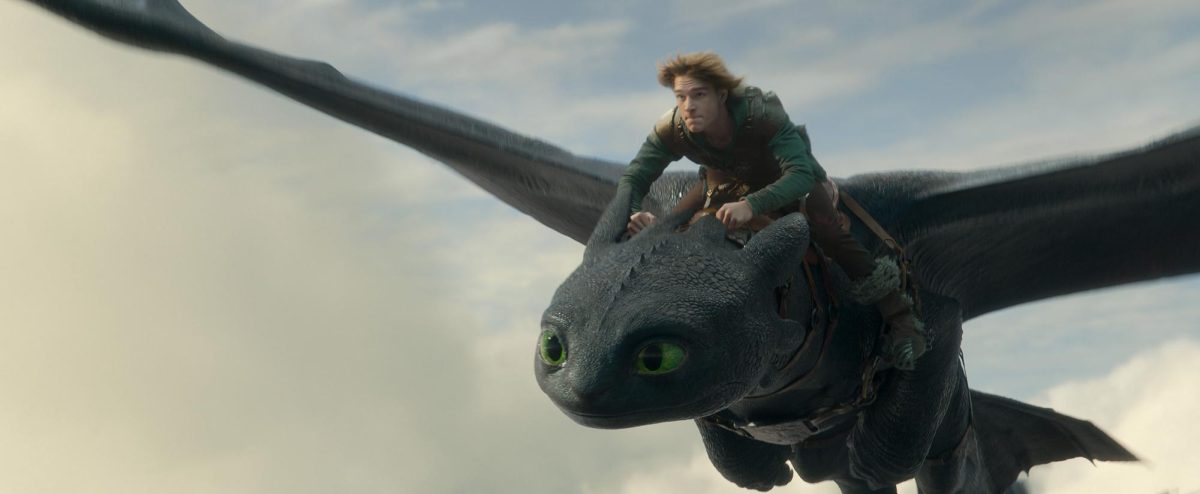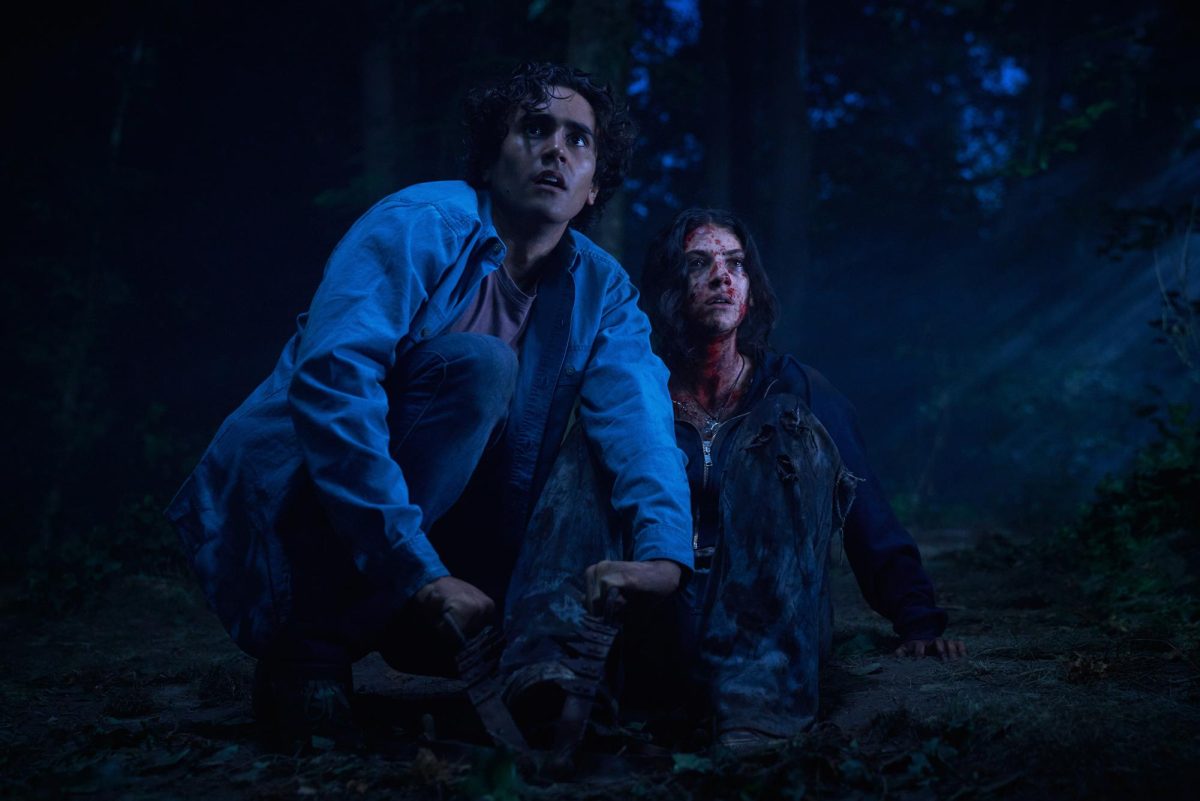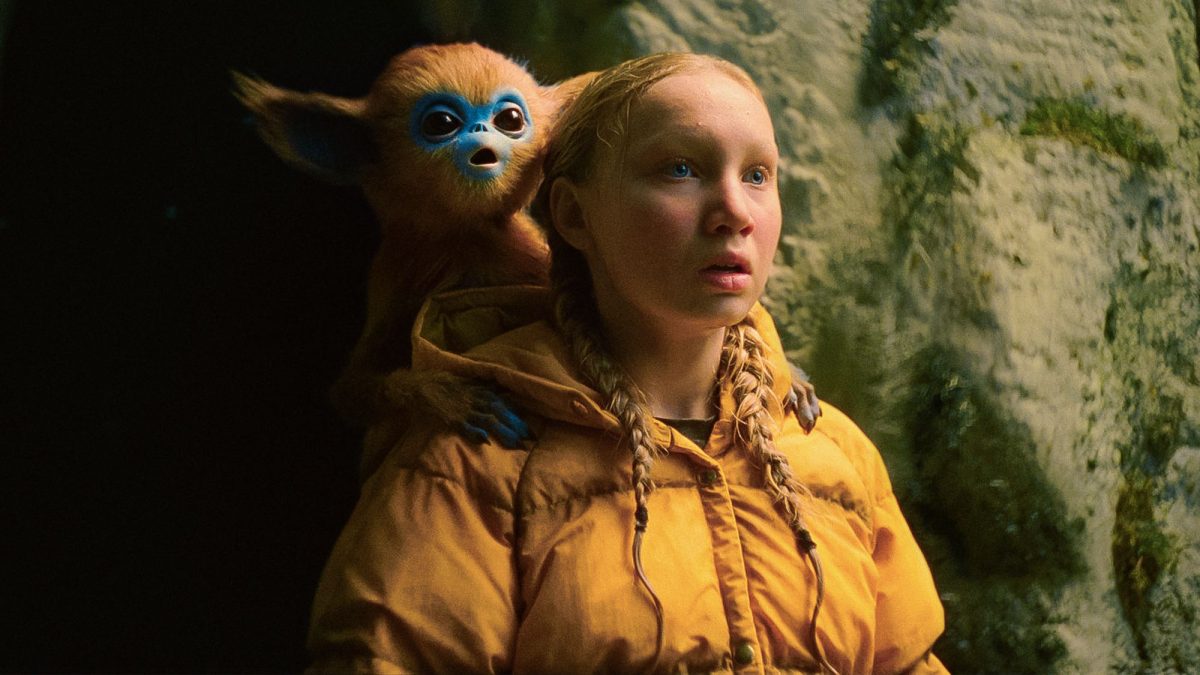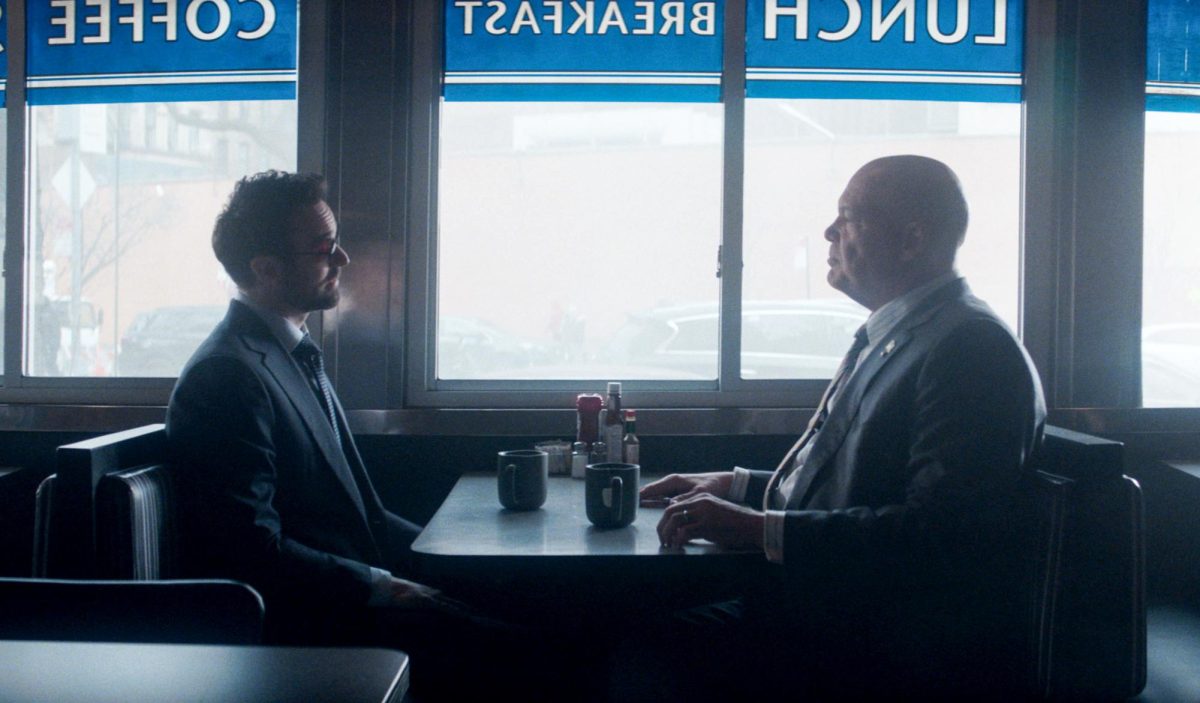While the concept of RoboCop — a half man, half machine, crime-saving cop — is awesome, a remake of the 1980s film is not a great idea. Joel Kinnaman stars in the action remake that cuts the violence, retains the cheese factor and downgrades the story when compared to the original.
Directed by Jose Padilha and hailing from Executive Producer Bill Carraro ’81, this film may struggle to make back its hefty $130 million investment.
Set in the year 2028, the film follows Detroit detective Alex Murphy (Kinnaman) as he gets caught up with the wrong crime boss, Antoine Vallon (Patrick Garrow), in the undercover world. This results in an assassination attempt on Murphy, which leaves him almost dead from a car explosion that breaks and burns his body. Enter OmniCorp, the corporation that is looking for a human specimen to turn into a machine that would head a marketing campaign toward introducing citizens of the United States to the idea of robotic police officers. Its lead scientist, Dr. Dennett Norton (Gary Oldman), successfully engineers Murphy into half man-half machine, much to the pleasure of his boss, Raymond Sellars (Michael Keaton), who sees the transformation as a brilliant business opportunity.
Part of what made the original 1987 film so compelling was its eye-opening qualities. The original was rated R because of its brutal violence and subversive nature. Downgrading the violence was clearly a marketing decision to attract more families to the theater with a PG-13 rating. However, some of the best grit and punch that came with the brutal violence of the original, which drew the audience into the moment, has been lost.
Kinnaman, Oldman and Keaton do the best they can with what they are given in the screenplay. Unfortunately, the writing is incredibly one-dimensional, so there isn’t much room to grow for these characters throughout the movie. Many of Raymond Sellars’ decisions surrounding different business investments beyond RoboCop make the subpar writing stand out.
Norton spends most of his time taking orders and playing the stereotypical corporate employee. While many “RoboCop” characters are morally questionable, Norton possesses motives that the audience may identify with. As the result, the audience may not feel so bad about watching yet another film about a major corrupt business. Because Kinnaman is in a robot suit for most of the film, there are few standout moments from his character. Samuel L. Jackson also has a supporting role in the film, but his character almost feels like a parody of himself acting mad at the world. It leaves audiences wondering, “Why is his character necessary?”
Despite those struggles, the standout feature of the film is the action sequences. The chase scenes are incredibly well done. The cinematography following RoboCop through the streets of Detroit while he speeds around on his motorcycle is incredibly engaging on the big screen. In addition, the visual effects of the OmniCorp robots also help sell the futuristic world.
But the visuals are not enough to put the film on the same level as its predecessor. Even with a run time just short of two hours, the film feels much longer, and that takes away from the experience because of the pacing issues. Overall, while the idea was ambitious to begin with, the concept of “RoboCop” was always designed as an ’80s movie. An update on that film was surrounded by media criticism from the beginning because of the removal of the extreme violence, gore and nudity. It is not the worst remake ever made, but by no means is the new “RoboCop” a classic.
















